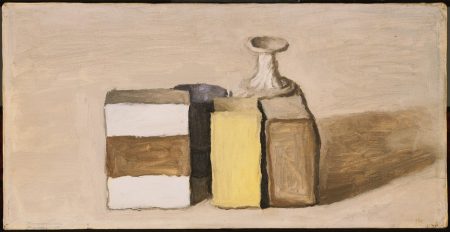
Giorgio Morandi. Still Life. 1953. Oil on canvas. Image and data from The Phillips Collection. © 2020 Giorgio Morandi / Artists Rights Society (ARS), New York / SIAE, Rome.
Collection:
The Phillips Collection

Giorgio Morandi. Still Life. 1953. Oil on canvas. Image and data from The Phillips Collection. © 2020 Giorgio Morandi / Artists Rights Society (ARS), New York / SIAE, Rome.
Collection:
The Phillips Collection

Sven Torfinn. People wait in line to cast their votes. 2011. On 9th January 2011 Southern Sudan’s people began voting in a referendum on whether to become independent from the North, part of a peace agreement which was signed in 2005. Image and data from Panos Pictures. © Sven Torfinn / Panos Pictures.
As the United States holds its 2020 presidential elections, we rounded up a selection of images that reflect the importance of voting–throughout history and around the world. We encourage you to cast a vote and make your voice heard.

Jerome Sessini. MEXICO. Mexicali. December 17, 2016. The separation wall between USA and Mexico… Photograph. Image and data from Magnum Photos. © 2020 Jerome Sessini / Magnum Photos.
Collection:
Magnum Photos

University of Virginia Hospital Operating Amphitheater. 1914. Photoprint. Image and data from Images from the History of Medicine (National Library of Medicine). Public Domain Mark 1.0.
Artstor has published nearly 42,000 images from the U. S. National Library of Medicine’s Images from the History of Medicine, freely available to all for reuse under the Creative Commons Public Domain mark. Open Artstor: Images from the History of Medicine (National Library of Medicine) is part of an initiative to aggregate open museum, library, and archive collections across disciplines on the Artstor platform.
September 15 to October 15 is Hispanic Heritage Month in the U.S. While the name might be the focus of some debate, we welcome the reminder to explore and celebrate the vibrant cultures of Mexico, Central and South America, and the Hispanic Caribbean. The Artstor Digital Library offers many collections that specialize in or are substantially devoted to Latin American topics; here is a selection to get you started.
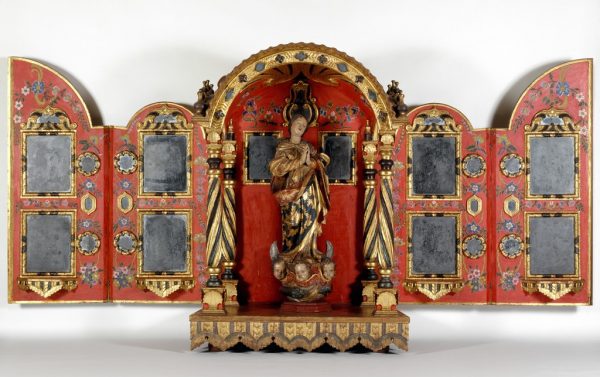
Tabernacle. Mexico, second half of the 18th century. Image and original data provided Colección Patricia Phelps de Cisneros.
Not surprisingly, Artstor is strong in collections concentrating on the arts of Latin America, such as Jacqueline Barnitz: Modern Latin American Art (University of Texas at Austin) (Artstor | JSTOR) which features modern art from Mexico and ten other Caribbean, Central, and South American countries; and Colección Patricia Phelps de Cisneros (Artstor), including colonial, modern, and contemporary Latin American art.
By now you know that Artstor’s Public Collections provide approximately 1.3 million freely accessible images and other materials from library special collections, faculty research, and institutional history materials. The collections are constantly growing, and as we browsed for Latin American content in preparation for Hispanic Heritage Month, we were delighted by what we found. Here are some notable highlights:
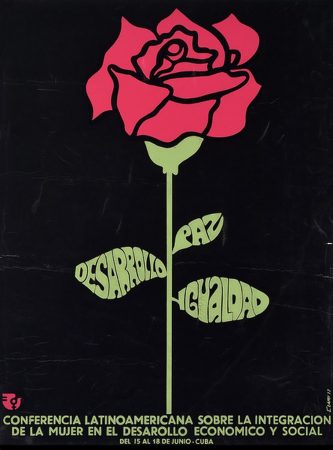
Clary. Conferencia Latinoamericana Sobre la Integracion de la Mujer en el Desarollo Economico y Social. 1977. Image and data from Wofford College: The Lindsay Webster Collection of Cuban Posters.
Wofford College: The Lindsay Webster Collection of Cuban Posters
The collection features approximately 350 works created in Cuba from the revolution through the 2000s. Many of the posters focus on Cuba’s efforts to spread messages of the revolution worldwide and to inspire others in the fight against oppression stemming from the legacies of imperialism and colonialism, as well as posters focused on promoting Cuban national pride, conservation, production, and culture.
Dartmouth: Ediciones Vigia Collection
In 1985, a Cuban poet Alfredo Zaldivar and an artist Rolando Estevez established a literary forum for a group of Cuban artists in Matanzas, Cuba and called it Ediciones Vigía. For over twenty years now the goal for these artists has been to create beautiful handmade books. Through all of the social and political shifts, and even a severe paper shortage, the artists have found ways to create works of enormous artistry, imagination, and creativity by using found and recycled materials.
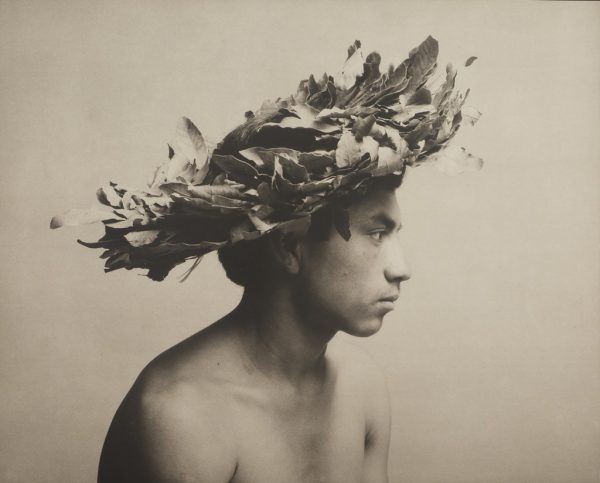
Luis González Palma. El árbol, 1993. Image and data from Lehigh University Art Galleries Permanent Collection.
When tasked with explaining my cultural heritage I feel a mixture of excitement and trepidation; the term “Hispanic” captures such a wide spectrum of people and cultures. Plus, in a year of high racial tensions and unrest I worry that I am not being sensitive or inclusive to all my brown and black brothers and sisters.
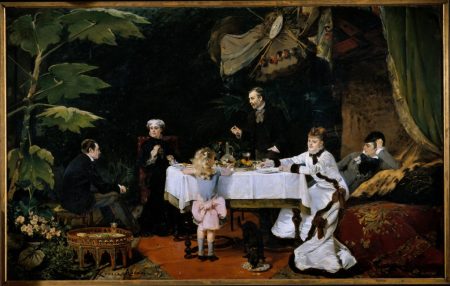
Louise Abbema. The breakfast. 1877. Oil on canvas. Image and data provided by SCALA, Florence/ART RESOURCE, N.Y.
Collection:
Scala Archives
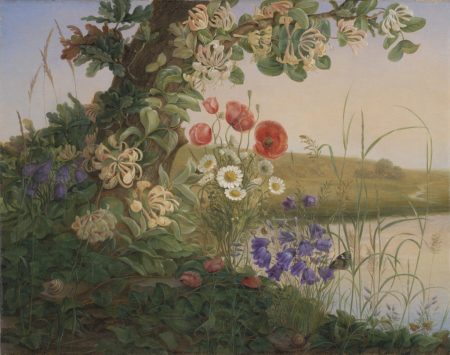
Christine Løvmand. Flower piece. 1841. Oil on canvas. Image and data from Statens Museum for Kunst. CC0.
Artstor has published nearly 29,000 images from the Statens Museum for Kunst with the Creative Commons public domain dedication CC0, freely available to all. Open Artstor: Statens Museum for Kunst (National Gallery of Denmark) is part of an initiative to aggregate open museum, library, and archive collections across disciplines on the Artstor platform.
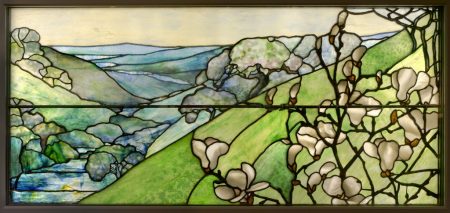
Tiffany Studios. Landscape window. 1910-1920. Leaded glass. Image and data from New-York Historical Society Museum & Library.
Collection:
New-York Historical Society: Museum & Library